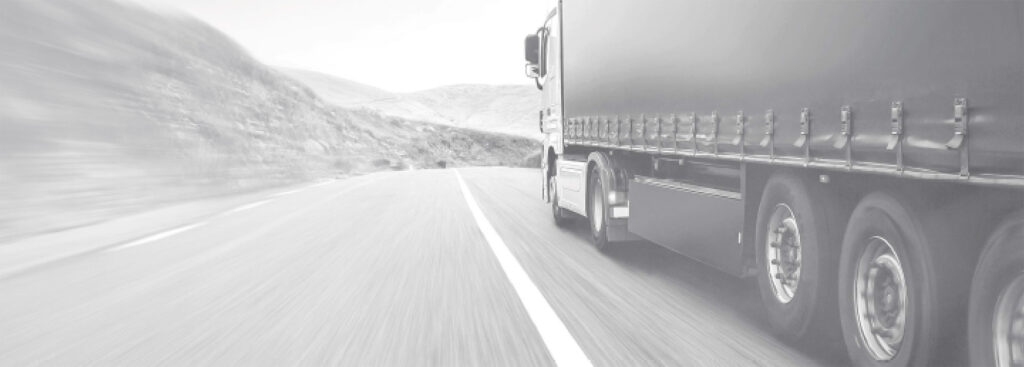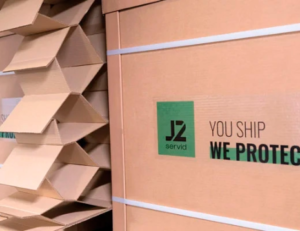Protecting goods during transport is a crucial aspect of logistics and distribution. With the increase in international trade and the importance of the global supply chain, ensuring that cargo reaches its destination undamaged and without putting operators at risk is critical. Damage to goods can result in significant economic losses, deterioration of customer relationships and security risks.

Let’s take a look at some of the best systems and techniques to protect goods during transport, focused on preventing damage and ensuring the safety of all parties involved.
Suitable packaging
One of the most basic but vital aspects of protecting goods is proper packaging. Using high quality packaging materials specific to the type of cargo is essential. Packaging can include reinforced boxes, stretch film, air bags, polyethylene foam and other protective materials. Companies should perform a detailed analysis of the requirements of each type of cargo and select the appropriate materials. In addition, the size and weight of the products must be considered to avoid unwanted movements inside the boxes or containers.
Clamping, fastening and void filling
Lashing and securing systems are crucial to keep goods in place during transport, whether on trucks, trains, ships or airplanes. Lashing straps, safety nets and securing devices such as rails and rings help prevent cargo shifting.
Using shock absorbers and spacers also helps to absorb shocks and vibrations that may be generated during transit, and this can be effectively achieved with our Niupack cargo void filler system. Ensuring that cargo is securely fastened significantly reduces the risk of accidents and damage, and filling gaps between goods or pallets can prevent terrible damage such as the domino effect.
These sustainable separators are customizable and adaptable to all types of needs, whether fragile cargo, beverage transport, or any type of palletized cargo. They are also an effective sustainable and environmentally friendly alternative to inflatable bags.
Load monitoring technology
Advances in technology have enabled the development of cargo monitoring systems that provide real-time tracking of the condition and location of goods. Temperature, humidity and location sensors can alert to dangerous conditions that could compromise the integrity of the cargo. In addition, GPS and other tracking devices ensure that cargo follows the established route. This continuous monitoring allows companies to take preventive and corrective action quickly, ensuring the protection of the goods.
Staff education and training
The protection of goods depends not only on the materials and technologies used, but also on the correct education and training of operators. Well-trained personnel in packaging, securing and critical load handling techniques can make a significant difference in the safety and final condition of the goods. In addition, promoting a culture of safety and responsibility at work helps reduce human error and increases operational efficiency.
Protecting goods during transport is a multifaceted effort that requires a combination of high-quality materials, advanced technology, effective securing systems and trained personnel. Implementing these systems not only ensures that cargo arrives in perfect condition at the final destination, but also protects the physical integrity of operators and maintains a safe and efficient supply chain. Investing in these practices represents not only a long-term economic savings, but also a competitive advantage in the marketplace.






